What (and when) was the Onoto Penmaster?
-
Forum Statistics
357.4k
Total Topics4.7m
Total Posts -
Member Statistics
129,787
Total Members18,857
Most OnlineNewest Member
Shinergyahn
Joined -
Images
-
Albums
-
Photo for my Posts 2
- By AceNinja,
- 0
- 0
- 55
-
Ink testing pages 2025
- By Penguincollector,
- 0
- 0
- 41
-
Photos misc
- By Astronymus,
- 0
- 1
- 22
-
USG 22
- By USG,
- 0
- 0
- 33
-
Baka's Pens
- By Baka1969,
- 0
- 0
- 9
-


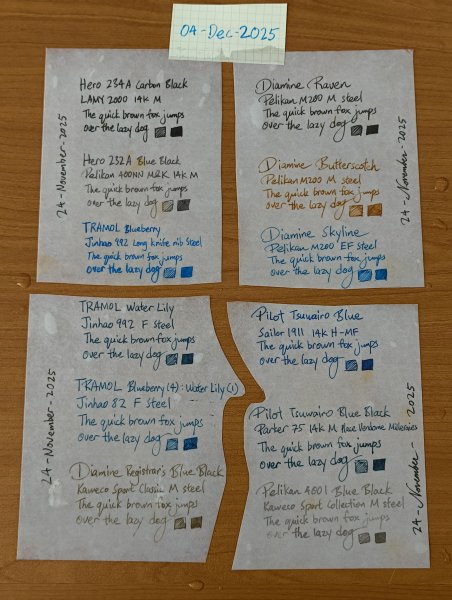


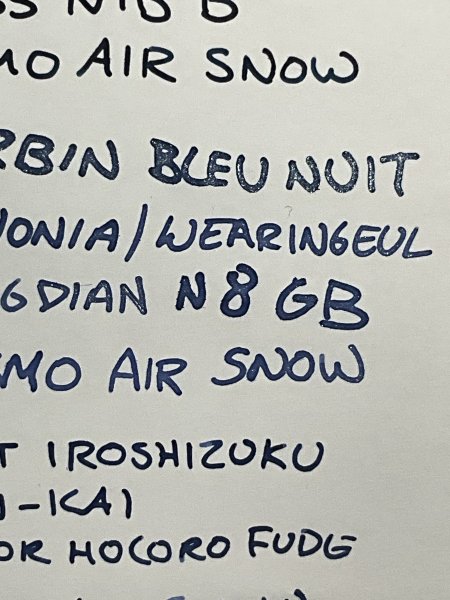
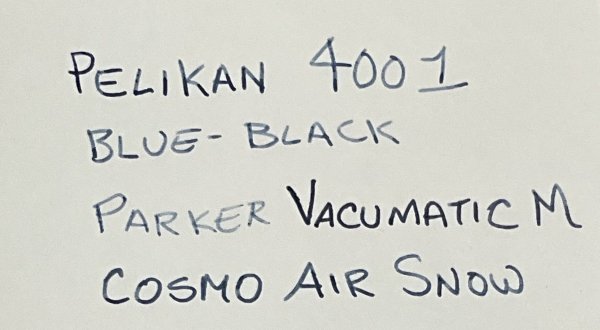


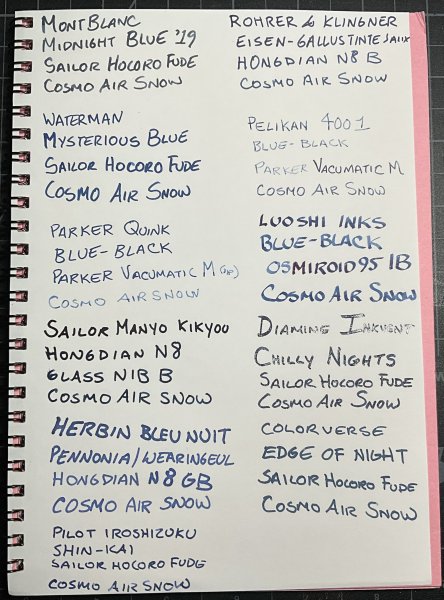



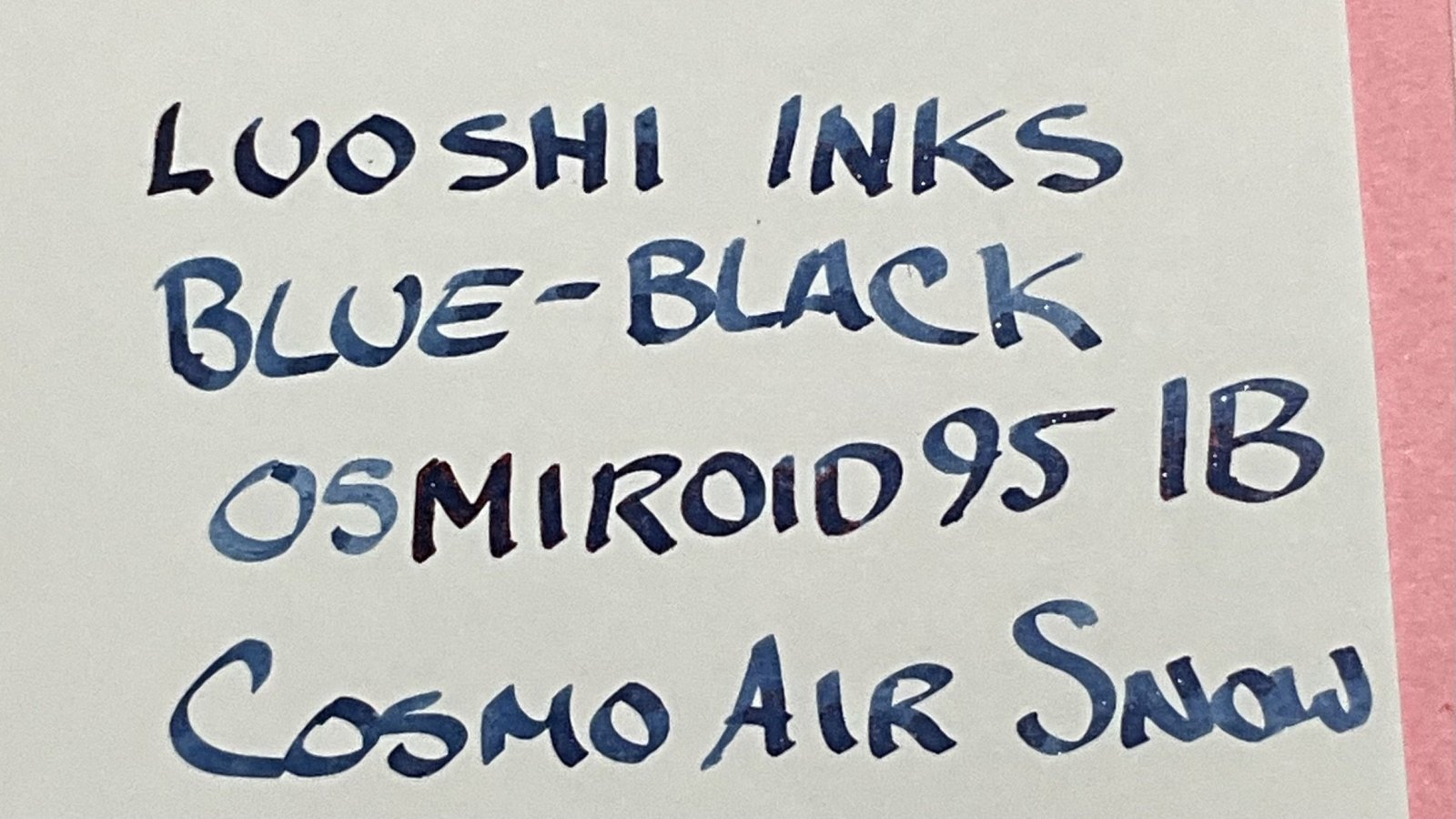
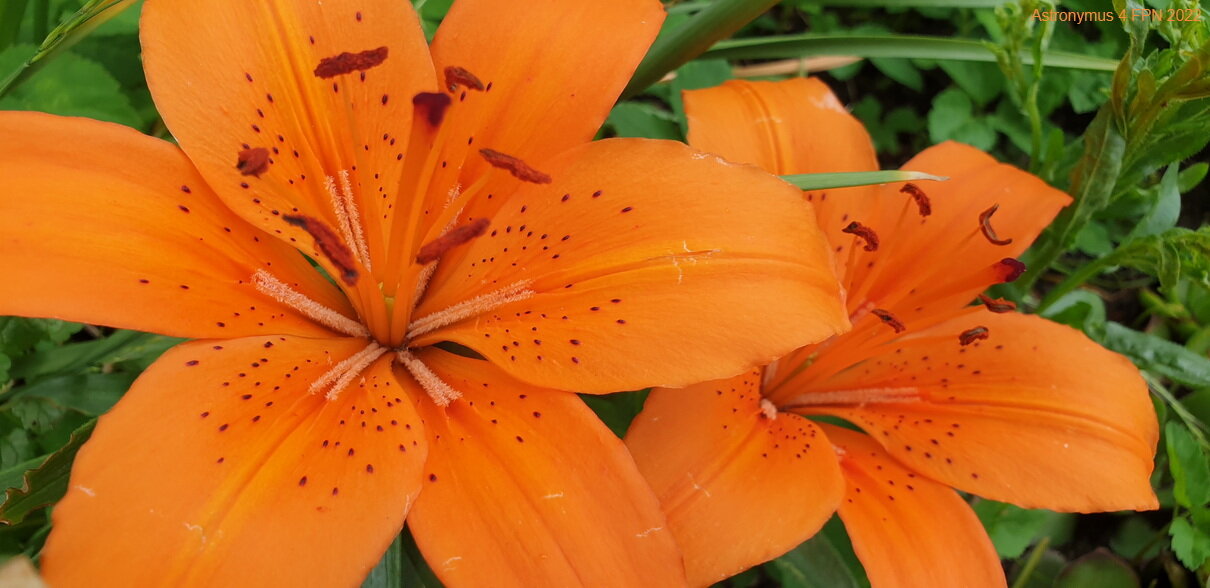
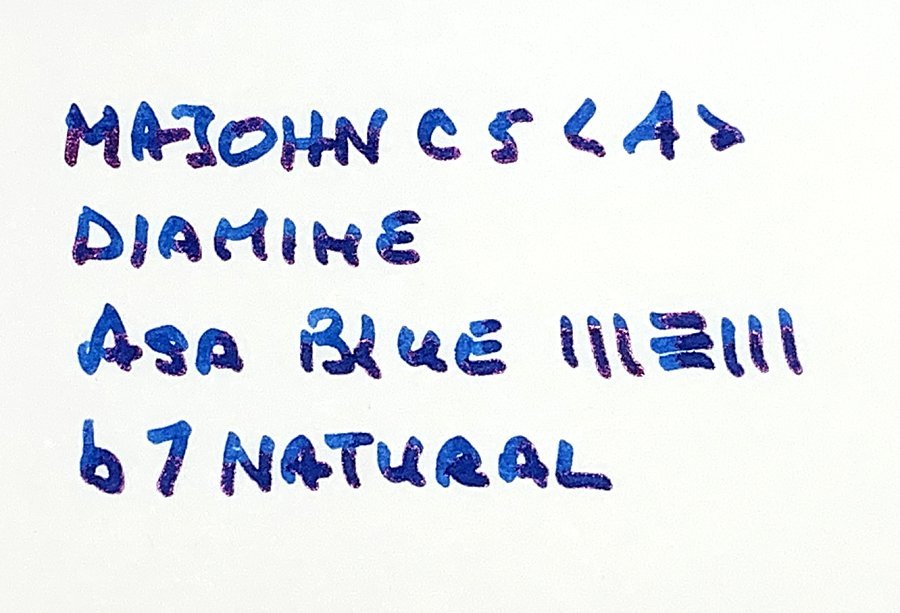


.thumb.jpg.f07fa8de82f3c2bce9737ae64fbca314.jpg)



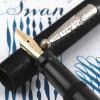





Recommended Posts
Create an account or sign in to comment
You need to be a member in order to leave a comment
Create an account
Sign up for a new account in our community. It's easy!
Register a new accountSign in
Already have an account? Sign in here.
Sign In Now